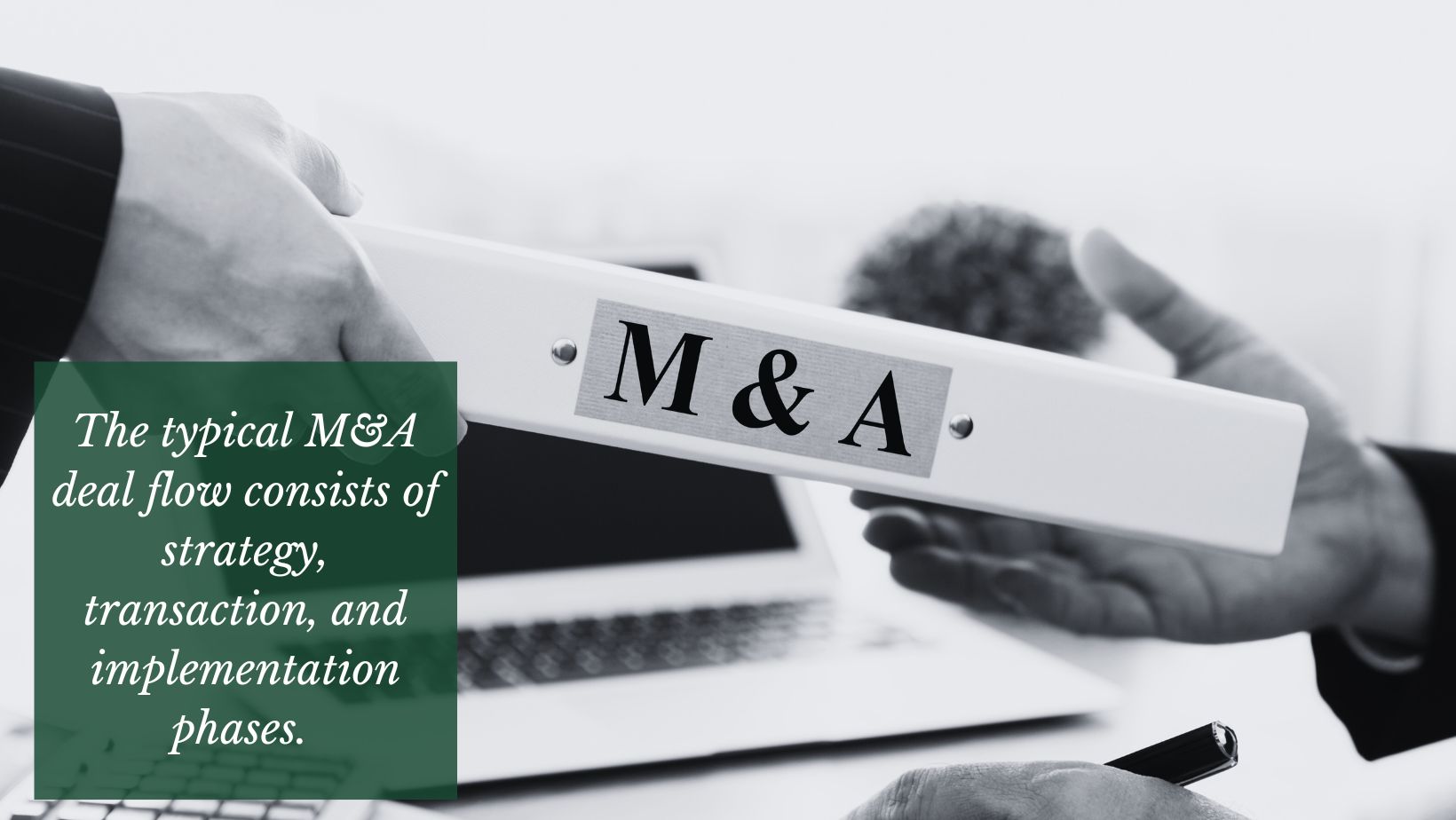
How Long Does the Average M&A Deal Take?
Mergers and Acquisitions (M&A) are complex business transactions that can significantly impact companies, industries, and even whole economies. They involve the combination of two or more companies, either through a merger (the coming together of equals) or an acquisition (one company purchasing another).
Business owners, even though they are aware of the complexity of such deals, are often still surprised at how long the M&A process takes. So how long does the average M&A deal take? While the average timeline is between six and twelve months, various factors influence the timeline of M&A transactions, so the average might not be as informative as knowing what the milestones are, and what to expect along the way.
What Can Affect M&A Timelines?
On average, Mergers and Acquisitions deals typically take several months to complete, ranging from six to twelve months or longer. Smaller transactions involving private companies may close more quickly, while larger deals with significant complexities and hurdles can take several years. Timelines depend on several factors:
Deal Complexity: Complex deals with numerous subsidiaries, international operations, or regulatory challenges tend to take longer to complete.
Due Diligence: The depth and breadth of due diligence (a process that allows the buyer to confirm pertinent information about the seller, such as contracts, finances, and customers) can significantly impact the timeline. Investigations into financials, legal matters, operations, and culture may turn into an extensive process.
Negotiations: The negotiation phase, including price, terms, and conditions, can vary in length. Contentious negotiations may extend the timeline.
Financing: Securing financing, whether through equity, debt, or a combination, can be a lengthy process that impacts deal closure.
Integration Planning: Planning the integration of two companies requires careful consideration of various factors, and this phase may begin before the deal closes. Extensive integration planning can add time to the process.
Cultural Alignment: Achieving alignment between the cultures of merging companies can be a time-consuming effort. Cultural differences may require additional attention and resources.
Unforeseen Challenges: Unexpected obstacles, such as legal disputes, unexpected financial issues, or changes in market conditions, can prolong the deal timeline.

Image by utah778 by Canva.com
Steps in the M&A Process
The typical M&A deal flow consists of strategy, transaction, and implementation phases. Here is a more thorough breakdown of these phases:
Strategy Development/Planning
Define the strategic objectives and rationale for the deal. Essentially, the merger process commences when a company opts to acquire another. A company assesses the advantages of merging with another entity and identifies the potential benefits it stands to gain from the acquisition. This evaluation necessitates a thorough examination of its own operations as well.
Due Diligence
Upon acceptance of the offer, the due diligence phase begins. This comprehensive examination encompasses all financial facets, including balance sheets, ratios, personnel, clientele, supply chains, market presence, operational protocols, and beyond. This in-depth assessment of the target company is used to identify any prospective issues associated with the business.
Negotiation/Merger Agreement
Finalize the terms and conditions of the deal. After an acquiring company identifies its merger need, conducts searches for suitable target firms, selects a compatible candidate, and assesses its value, the formal merger process commences when one company extends an offer to another. Typically, this initiates confidential deliberations between both parties regarding the proposed merger. While initial agreements may arise from the first offer, negotiations typically entail multiple offers and prolonged discussions, often spanning several months.
Closing
Sign the final agreements and complete the transaction. If the buyer remains interested in pursuing the acquisition, both parties typically outline the specifics of their transaction, including all terms and conditions. This may include discussions regarding the final purchase price, as well as the particulars of warranties, indemnities, and any restrictions. These negotiated terms are then incorporated into either a Share Purchase Agreement (SPA) or an Assets Purchase Agreement (APA), depending on whether the transaction involves the acquisition of shares or the entire business.
Integration
Execute the integration plan to merge the two companies successfully. It is common for the Share Purchase Agreement (SPA) or Assets Purchase Agreement (APA) to incorporate clauses that become operative after the closing, including additional responsibilities to be fulfilled by both parties. These may include finalizing the transfer of extra assets, securing consents, or entering into supplementary contracts.
In addition to addressing these post-closing affairs, the parties may also consider a post-closing integration process. This exercise aims to merge the two companies or businesses successfully.
Ensure a Successful M&A Deal
The duration of an M&A deal can vary widely, depending on numerous factors. While the average timeline falls within the range of six to twelve months, it’s crucial to recognize that each transaction is unique. Successful M&A deals require careful planning, diligence, and a willingness to adapt to unforeseen challenges. Understanding the potential variables that can affect the timeline can be complicated. Contact Swiecicki & Muskett to help you navigate the complexities of M&A transactions with greater clarity and confidence.
Cover Image by Natee Meepian’s Images by Canva.com
